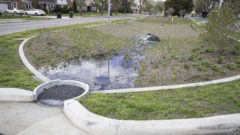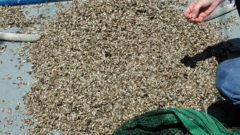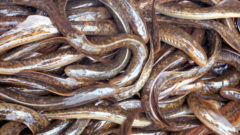Raining PFAS: Amount of PFAS found is outpacing legacy contaminants

A decades-long monitoring project in the Great Lakes basin has started checking for PFAS in rain. It’s finding the forever chemicals across the basin in large amounts.
Those numbers aren’t published yet, but PFAS are showing up in concentrations higher than legacy contaminants like mercury, PCBs (polychlorinated biphenyls) and pesticides.
Great Lakes Now
https://www.greatlakesnow.org/2021/06/raining-pfas-outpacing-legacy-contaminants/







